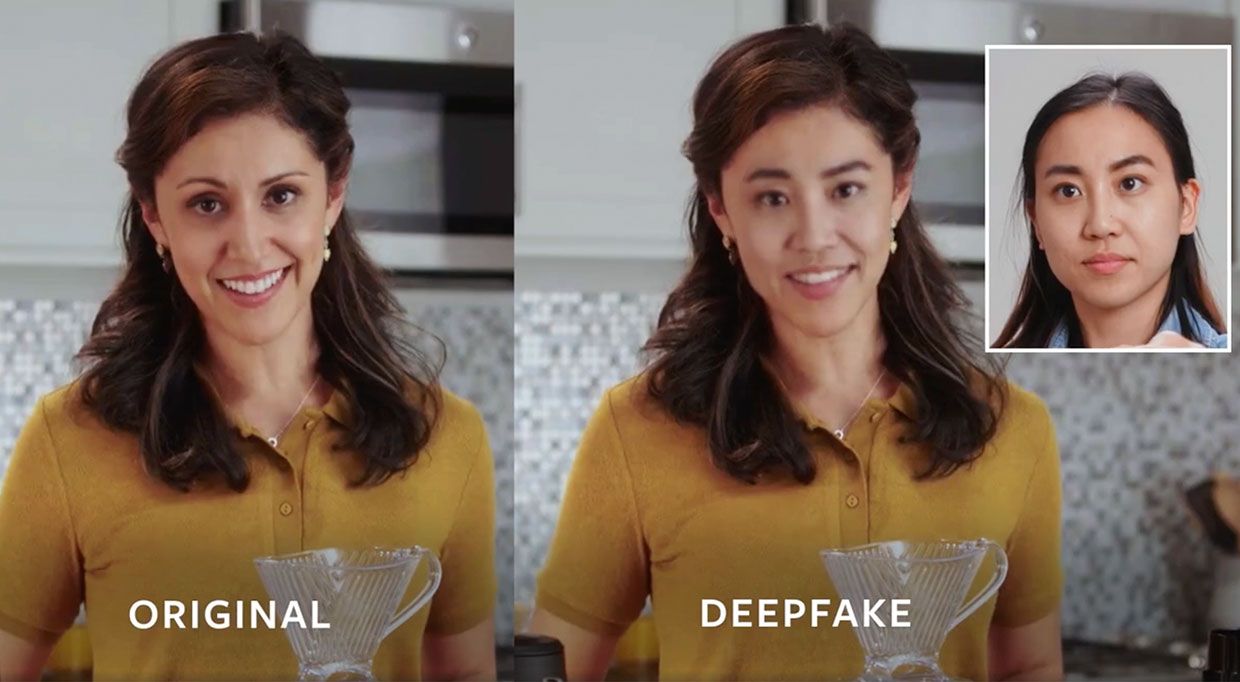Deepfakes
Yisroel Mirsky

Now-a-days with the availability of enormous compute power at low cost and with the development of sophisticated deep learning models, more sophisticated visual content forgeries are becoming prevalent. The manipulation of existing visual content or generation of synthetic visual content using deep learning models is called Deepfake media. Mirsky et al. define deepfakes as, “Believable media generated by a deep neural network".
State-of-the-art deep generative models (GANS), first proposed by Goodfellow et al., are capable of generating/modifying media which is really difficult to visually perceive even by humans, let alone the automated forgery detection techniques.
Deepfake media (images or videos) employ deep learning algorithms to synthetically map the face of one person (source) on to the face of the another person (target). In terms of deepfake media, this type of content is called face-swapped deepfake media. To alter the facial expressions of the same face, a technique called facial reenactment is employed.